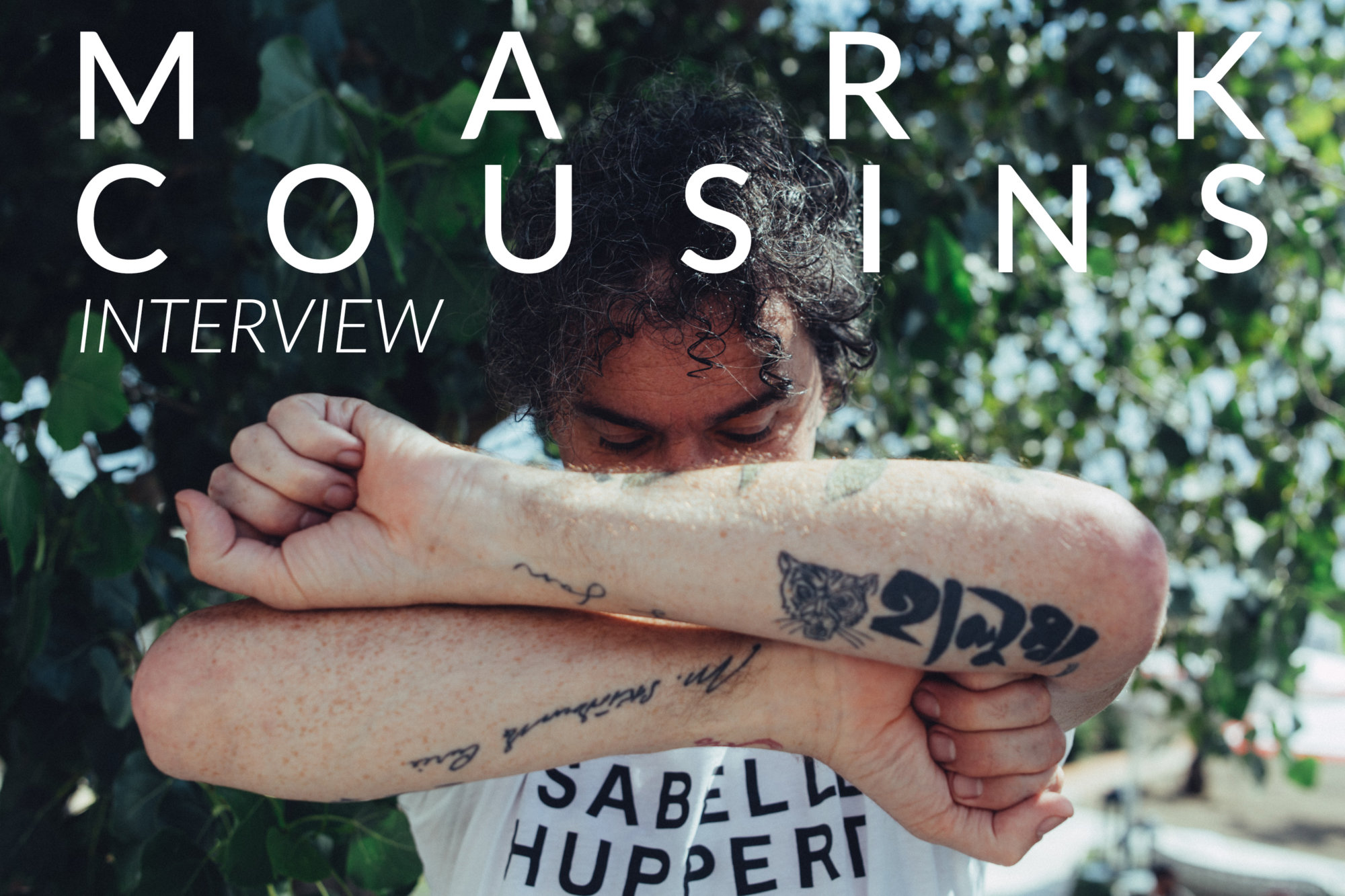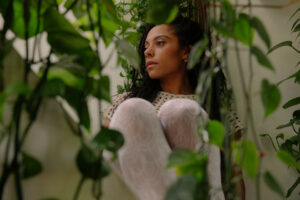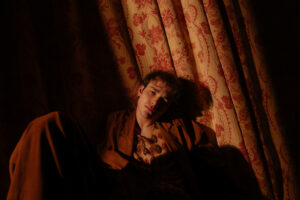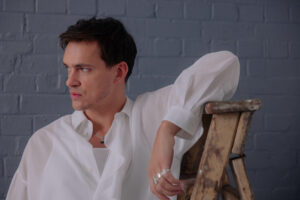One year ago, at the 74th Venice Film Festival we met Mark Cousins where he was a juror of the “Orizzonti” section; he is one of those people that stay with you, that you wish you could just phone up and ask questions or talk about whatever is going through your mind, especially when we are talking about cinema and art in general. So this year, same location, different reason to be there, we had to interview him again, maybe even more than last year since Mark presented at the 75th Venice Film Festival his new film “Women Make Film: A New Road Movie Through Cinema.” A 16-hour journey through films: the class on cinema everyone should attend.
Why the name “Women Make Film”? Well, it’s not a movie about women, it’s a movie about films made by women. Narrated by Tilda Swinton (and some other great voices like Jane Fonda), the film introduces the concept of cinema being sexist by omission, there is room for everyone, or at least there should be; yet when talking about great directors nobody mentions great female directors, are they doing that on purpose? Probably not, they simply don’t know about them.
Divided into 40 chapters you will learn about “openings,” “character introductions,” “credibility,” etc., all the clips used to explain each section are taken from films made by female directors, among them Kira Muratova, Moufida Tlatli, Larisa Shepitko, Kinuyo Tanaka.
So thank you, Mark, for your marvelous lesson on cinema and thank you for letting us know these incredible female directors from all over the world. A movie which everyone, no matter what, should watch.
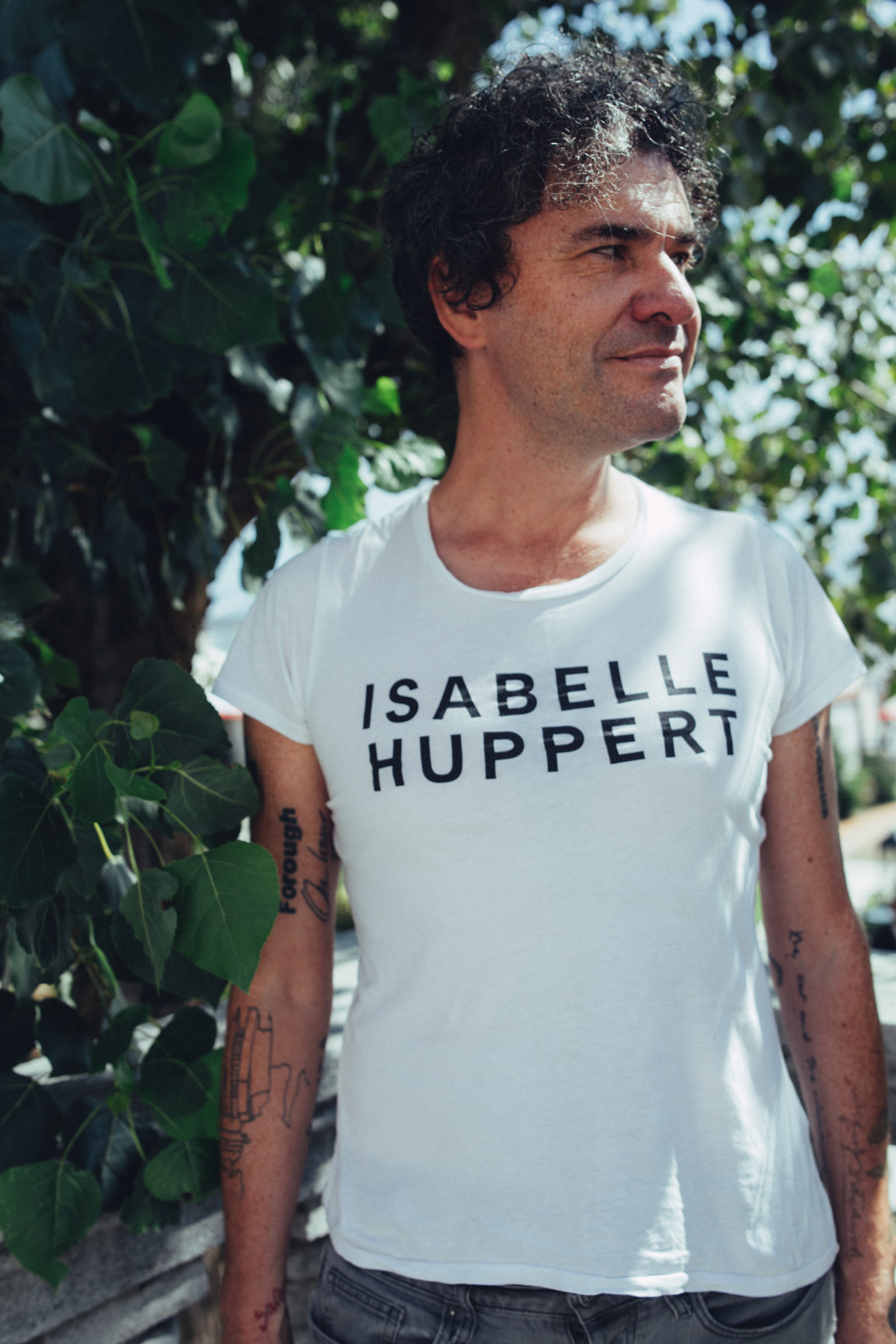
“…If you passionately believe that there are great female filmmakers that we haven’t heard of, then you just have to keep pushing to find them.”
____________
We met here last year when you were a juror, and you mentioned “Women Make Film: A New Road Movie Through Cinema.” How does it feel to be back?
____________
It’s always scary having a world premiere of anything, but I couldn’t think of a better place to have a world premiere than here in Venice.
____________
It took you 10 years to make this movie, is it because of the amount of work it took or was it difficult to find material?
____________
Probably longer than ten years of my personal research, and the actual editing took around 4 years. You know what’s difficult? When you don’t know what you are looking for, when you think, “are there great Bulgarian female directors?” you don’t know the names particularly, but you have to go and search for something hidden. That’s tricky, that’s difficult, that’s a particular kind of detective story, but if you passionately believe that there are great female filmmakers that we haven’t heard of, then you just have to keep pushing to find them. It’s very easy to say, “I have not heard of any great female Romanian directors; therefore, there must be none.”
That’s a false conclusion, that’s where it is difficult to keep digging to find these great talents when it’s been buried under layers of Film History.
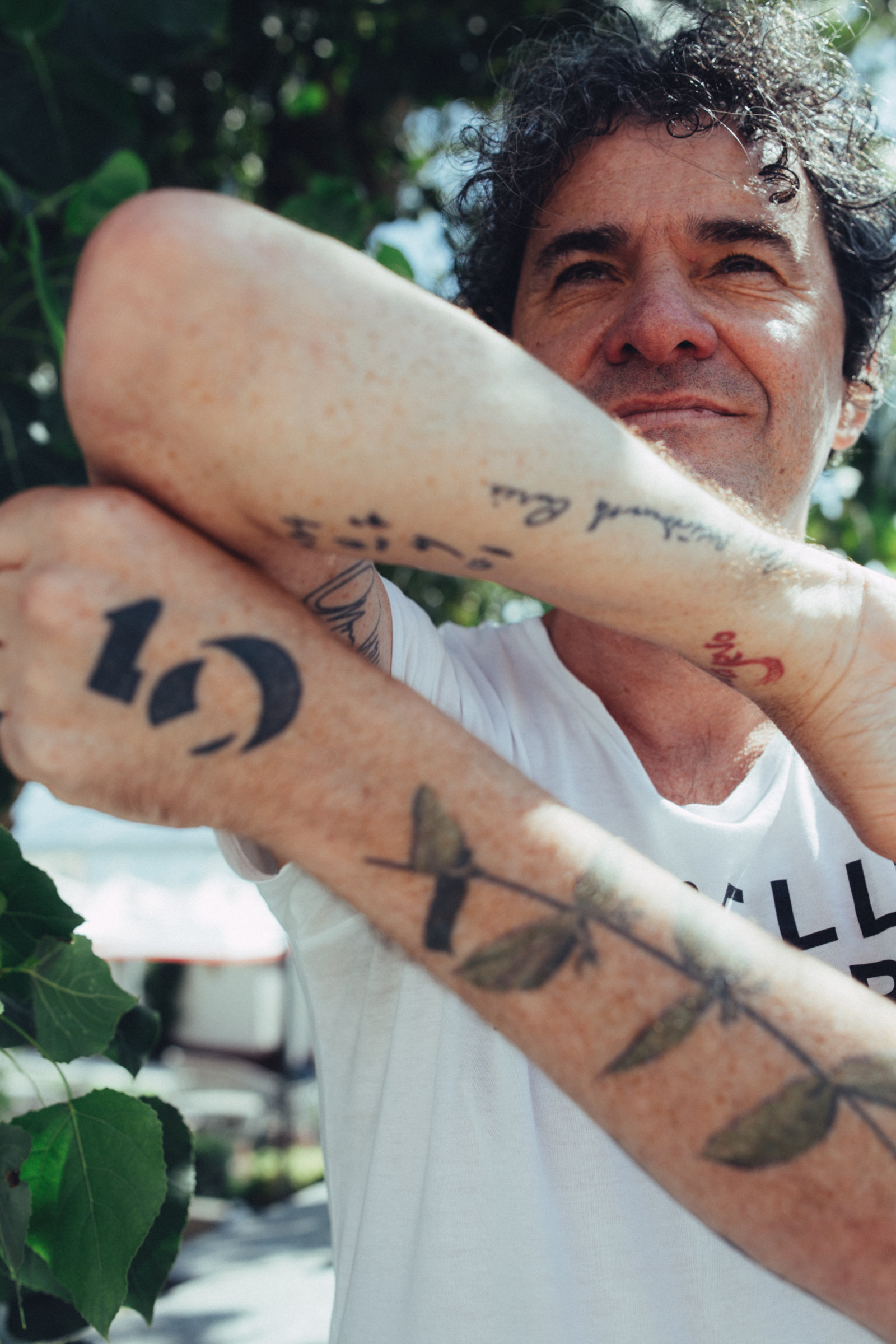
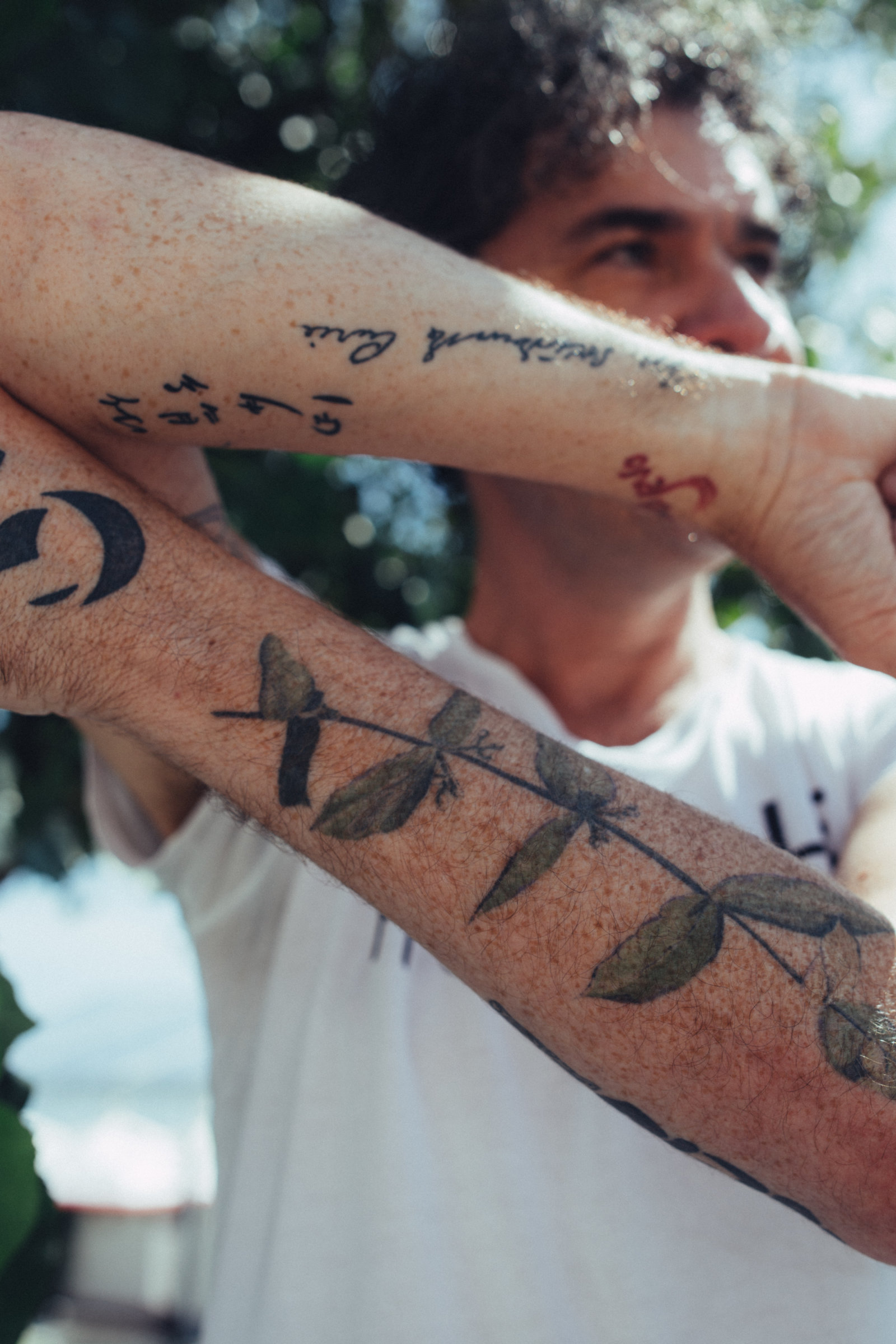
____________
I was amazed in particular in the part of the chapter about the Openings with the one by Kira Muratova, of the woman with behind her 2 female figures, and one of them was actually the woman in front…
____________
Kira Muratova, one of the greatest filmmakers who has ever lived. That’s normal for her, her tracking shots are as great as Scorsese’s, and her mise-en-scene is as complex as any filmmaker. A wonderful scene: why is that scene not considered one of the great scenes in movie History?! Because it is one of the great scenes in movie History.
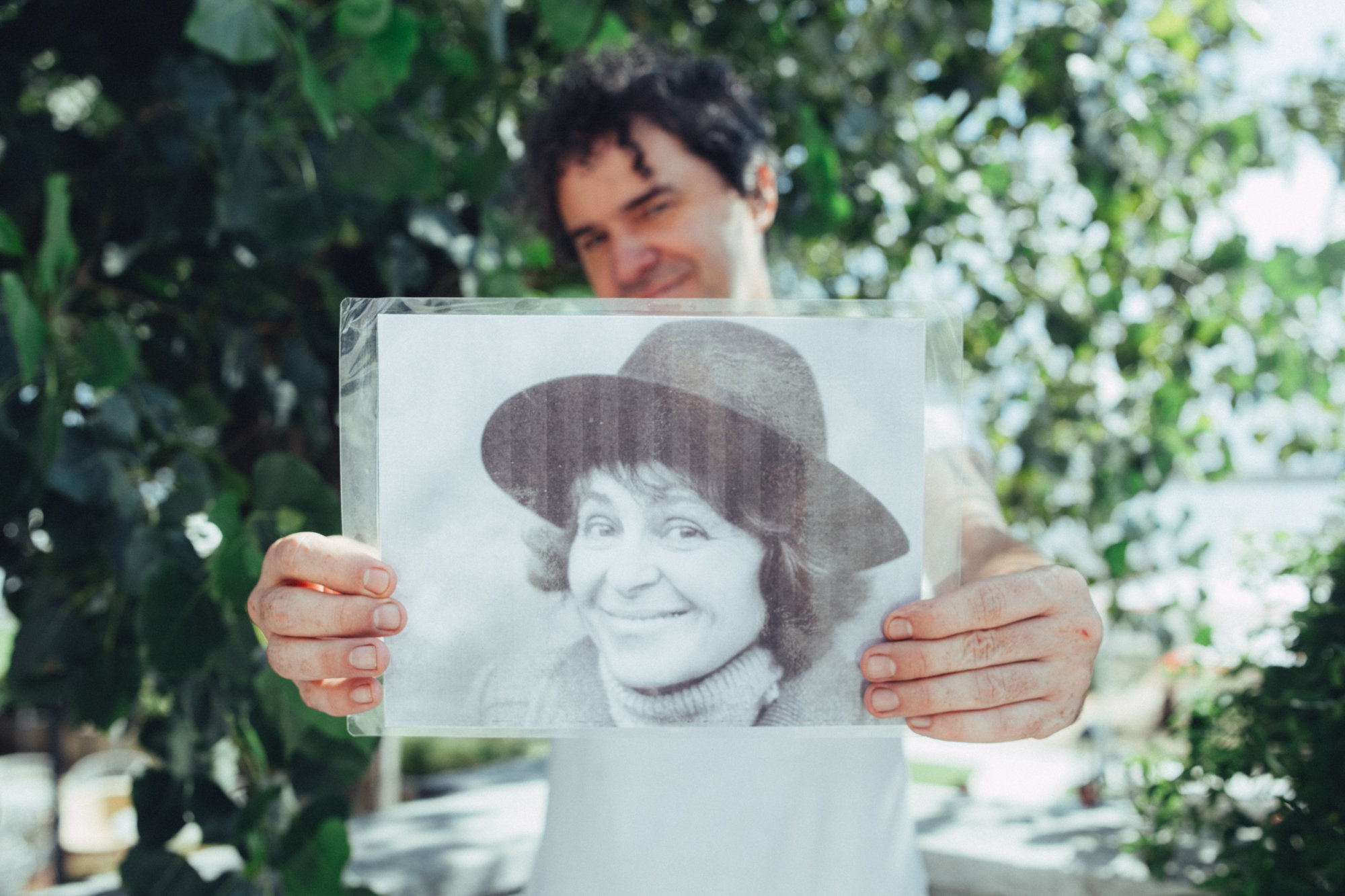
____________
I was so fascinated. I immediately asked myself why haven’t I ever seen it before.
____________
We’ve got lots of more clips from Kira Muratova, and she recurs in many of the chapters.
____________
The first chapter is about openings, which is your favorite of all time?
____________
As you see in my film, I talk about “wide, medium, close” which is the classical way, I think that for me that sudden start with the close up is wonderful, I particularly like that, and therefore I would say Moufida Tlatli, the Tunisian filmmaker, her film “Les Silences du Palais” (“The Silence of the Palace”). It starts with her face, she is singing, but we don’t know where, she’s upset, there is something about the intensity, we do not know who she is, we do not know where she is, we do not know anything, but we are immediately thrown into the human experience. And then we widen, and of course, she is at a wedding, people are not listening to her. So, it’s an unusual way of starting, but I love it.
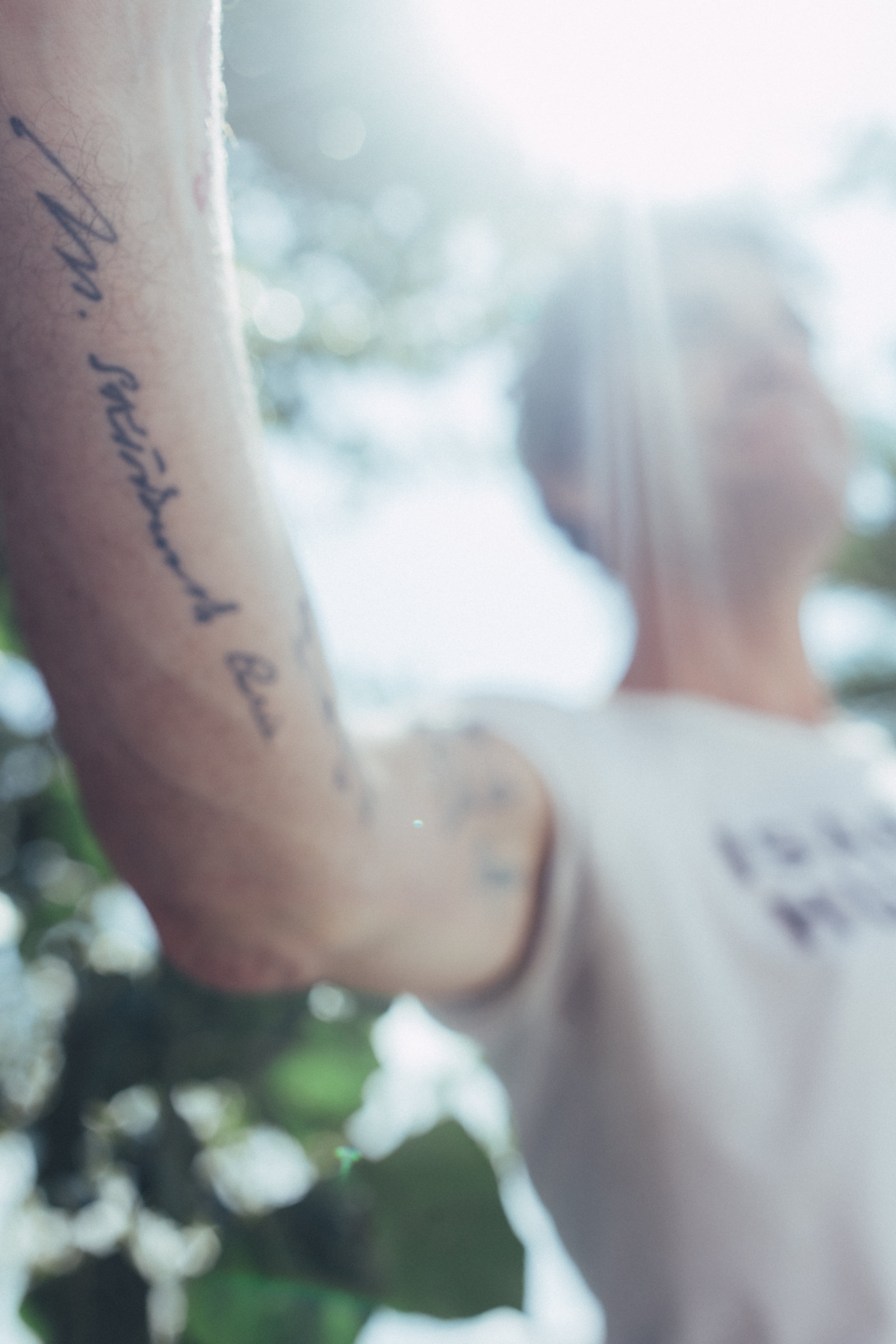
____________
At the start of the movie Tilda says: “Cinema is sexist by omission.” What’s one of the sexiest aspects you find out about the cinema history, when editing and making the movie?
____________
The reason why we say “by omission” is that I’m not saying to the male film historians, “you knew about these women, but you on purpose left them out of film History.” I’m not accusing them of rational sexism, although there is that as well, what I think is that a lot of men identify so much with men that they omit women, and that’s sexism, and we have to call it sexism; even though they do not intend to leave women out of film History, they do it, and this is worst in some ways. I remember that recently a retrospective was done of Polish cinema, not a single female Polish director in it, despite the fact of Wanda Jakubowska, Dorota Kędzierzawska, Agnieszka Holland. This is unforgivable frankly, you know, and that’s why it’s quite blunt to use the word sexist, but we say in English, “Let’s call a spade a spade.” This is sexism; we have to name it as such.
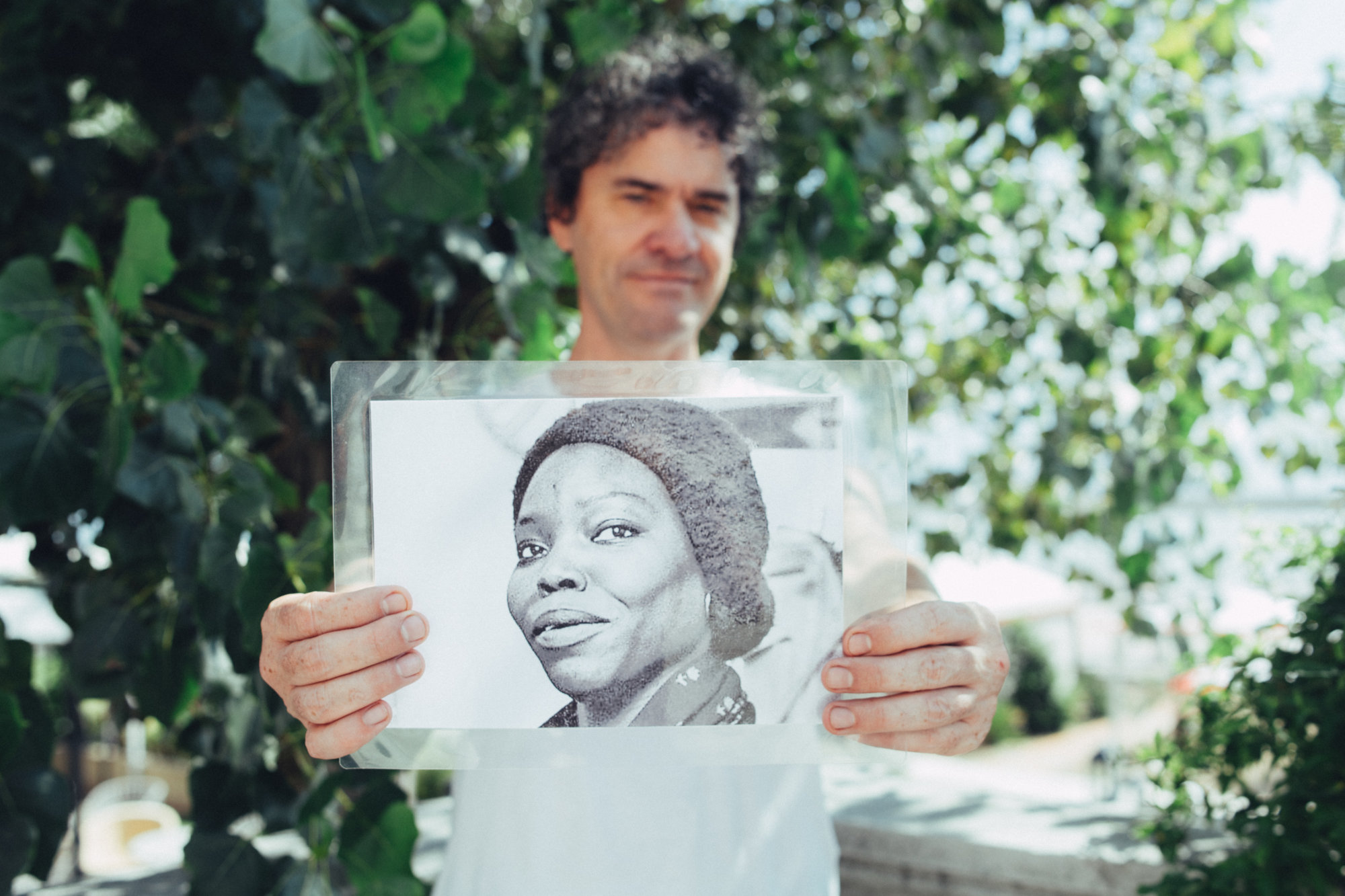
____________
What does the project mean for you? How would you describe the journey it took to make this film?
____________
In my childhood, all the strong people were women: my mother, my aunts, the nuns who taught me at the convent school, all women. So I had lots of strong women. Also to answer really personally, at school I was really badly bullied and beaten by guys and so, even from childhood, I had strong women on one hand and men who were scary or violent or aggressive on the other, and therefore, quite naturally, I think I identified quite a lot with women, particularly with women in cinema and creative women, so it seemed obvious for me to try and do something about those great women who have been bullied; I think it’s another kind of bullying, sexism is a kind of bullying like “go away, we do not need your voice, this is a male world.”
“Sexism is a kind of bullying”
As I said at the screening, I pointed to the big screen, and I said: “this is an androgynous place, this is not a place owned by men.” I think for me and for Tilda Swinton in particular, what we are passionate about is saying, “Stereotypes of gender do not apply,” they imprison women, and they imprison men. We say, “women need to be feminine” or we hear people say, for example, “Kathryn Bigelow makes films like a man,” and this is disgraceful; women can make films about anything, including war, and aggression. How dare we say to Kathryn Bigelow “you are not a real female filmmaker” it’s disgraceful. And similarly to men, we say that Almodóvar makes films like a woman or that Douglas Sirk makes films like a woman. This is disgraceful. Almodovar is a man, yes he is a gay man, but he is a man, and so we cannot force stereotypes on people, we are all weaker for it. Tilda Swinton, you can see the androgyny running through her work and in quite a lot of mine as well, and that’s why we are totally bonded by the total liberty of the movie screen. Movies are for all sexualities, all genders and none.
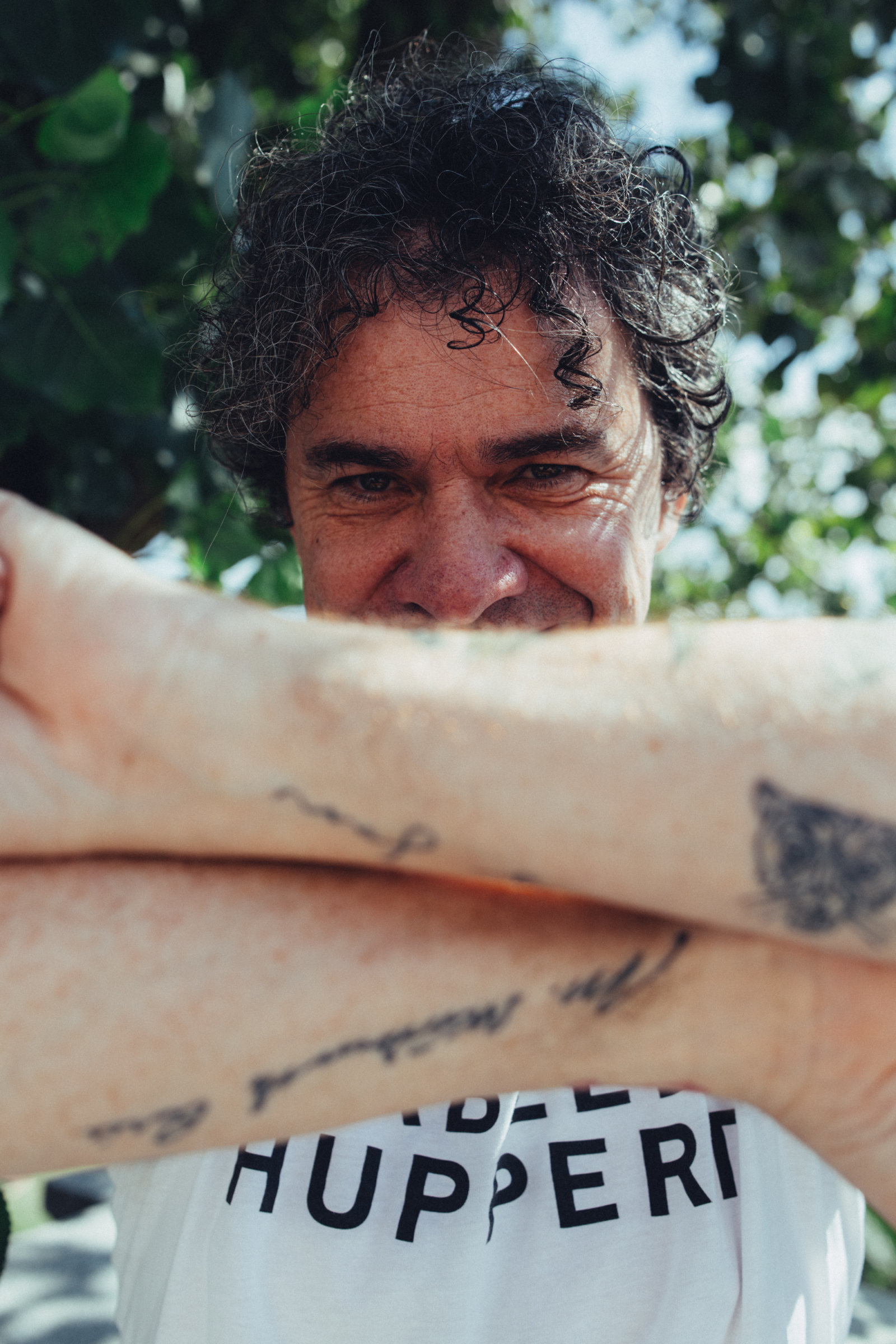
“I pointed to the big screen, and I said: ‘this is an androgynous place, this is not a place owned by men’.”
____________
Why did you choose Tilda as the voice of the film?
____________
Because of her credibility: think of the filmmakers she has chosen to work with, she’s got huge credibility in cinema, she’s passionate about cinema, and I think she’s got a beautiful voice.
____________
Yes, absolutely! When we heard the first words, we said the same exact thing.
____________
And it’s such clear as well. And the second voice is Jane Fonda. It’s Jane Fonda you know, it’s incredible. I was so thrilled to get Fonda, and she loved the project, and she just said, “I’m so honored to be part of this project” and then we’ve got another 4\5 extraordinary women coming up, I can’t name them yet but really, we’ve got the most credible women in cinema around the world.
Kira Muratova
Alice Guy-Blaché

Larisa Sheptiko
Malvina Urseanu
____________
What was for you the best discovery when making this film? Did you already know about all the directors mentioned in the film?
____________
No, no, I didn’t know about the Romanian director Malvina Urseanu, and she is the one of the clip with the guy sitting in a boat, and then the camera moves and then the woman comes in. In this I compare it to Ingmar Bergman, and there is a melancholia in her work (that particular film is about an architect who’s dying of cancer) but her tracking shots, she tracks on a long lens, and when you track on a long lens there is a danger that it wobbles; tracking wide is great but she constantly tracks around her characters, swooping around them in a long lens. It’s a very distinctive visual style that she has and it’s a real discovery for me, I did not know her, it’s thanks to the Romanian Embassy in London, they came to me and said, “Would you do a season on Romanian cinema?” and I said yes, however, my usual thing: who are your great women directors? And I discovered her.
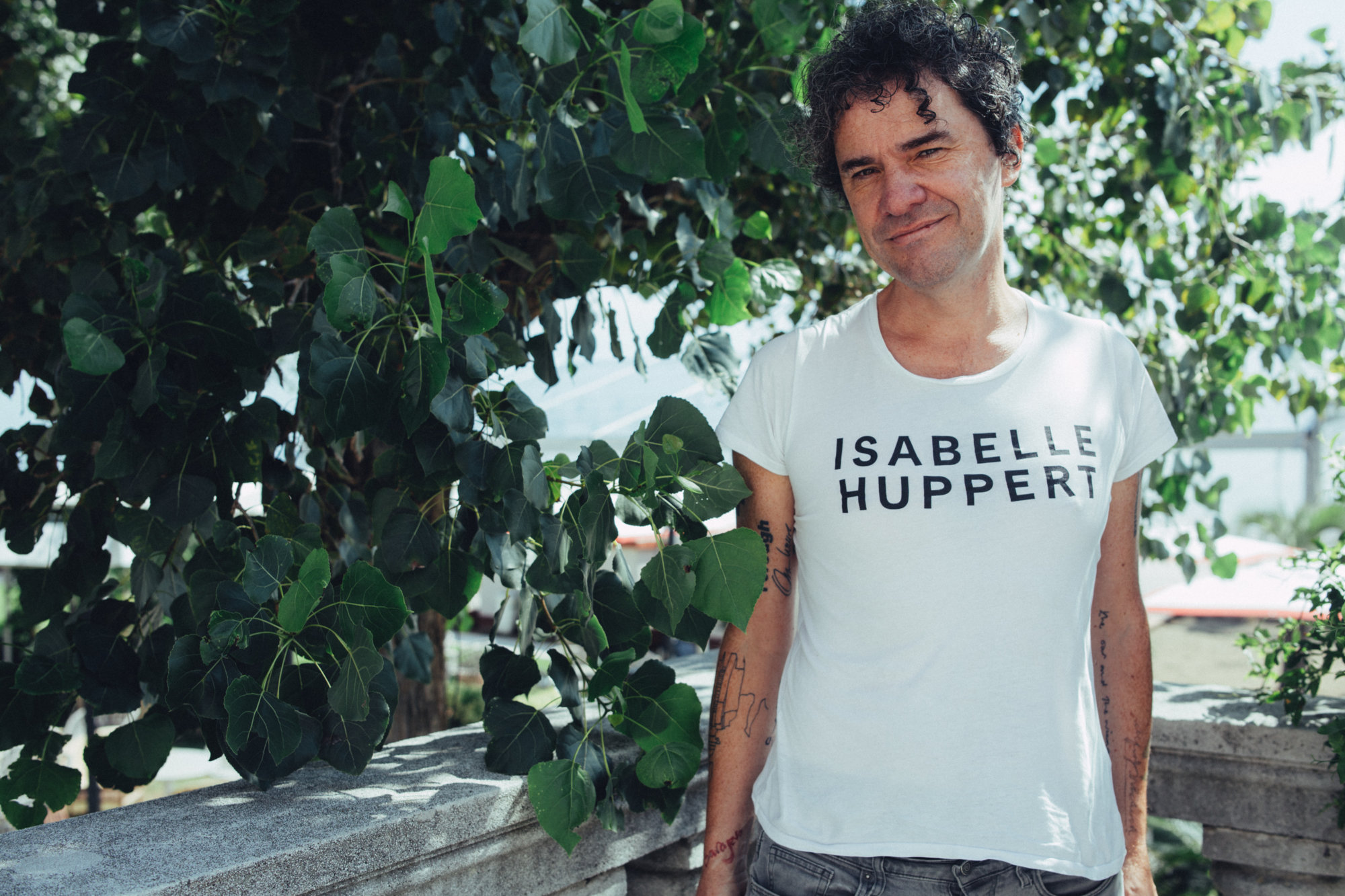
____________
The movie is divided into 40 chapters, like a History book…
____________
Yes, I thought it like a book of short stories almost; each chapter is almost like a short story.
____________
Why did you decide to do it like this?
____________
It’s a very long film, and I wanted to tell a series of short stories about quite practical things, treat these women as filmmakers and artists, not a symbol of sexism, talk about their work. That’s what I wanted to do: talk about their work. And then I just loved the idea of asking quite simple questions: we look at framing, like how you frame a shot, how do you do a great tracking shot? Quite simple questions. So, I thought each chapter should be roughly 20 minutes, so that’s the way I’ve worked. It means it’s fun to do, and also people can watch it in very different ways, obviously, you see it in cinema, but then in TV, on DVD and people can watch one chapter or ten chapters…
“I wanted to tell a series of short stories about quite practical things, treat these women as filmmakers and artists, not a symbol of sexism, talk about their work.”
____________
We said, “I want to watch it on my computer and take notes.”
____________
We are going to do a really good website, which is going to have all the names of all the films, and then, on purpose I don’t tell you much about the lives of these women, I wanted it to be about their work but I realize that people will want to know more about their lives. So, on our website, we’ll have their biography; there will be as much information as people want. I promise that it’s coming; we literally finished this film – well it’s not quite finished, the titles are rubbish sometimes – one week ago, so all that information will come.
And hopefully, that’s the effect on people, like “Oh that looks good” and then if you watch it at home and you pause it, google the name of that person and go and see more of her work.
____________
And out of curiosity, how the road scenes between the chapters were chosen?
____________
So, we see Tilda Swinton at the very beginning in her car, and then for 16 hours we just have road shots around the world that I’ve filmed over many years. If I’m in Japan I’ll film, if I’m in America I’ll film, so there are hundreds of those shots, the sense of driving around the world, I wanted to give a proper internationalism, and then the journey ends 16 hours later we will end…Should I tell you? Do you want to hear it?
Yes!

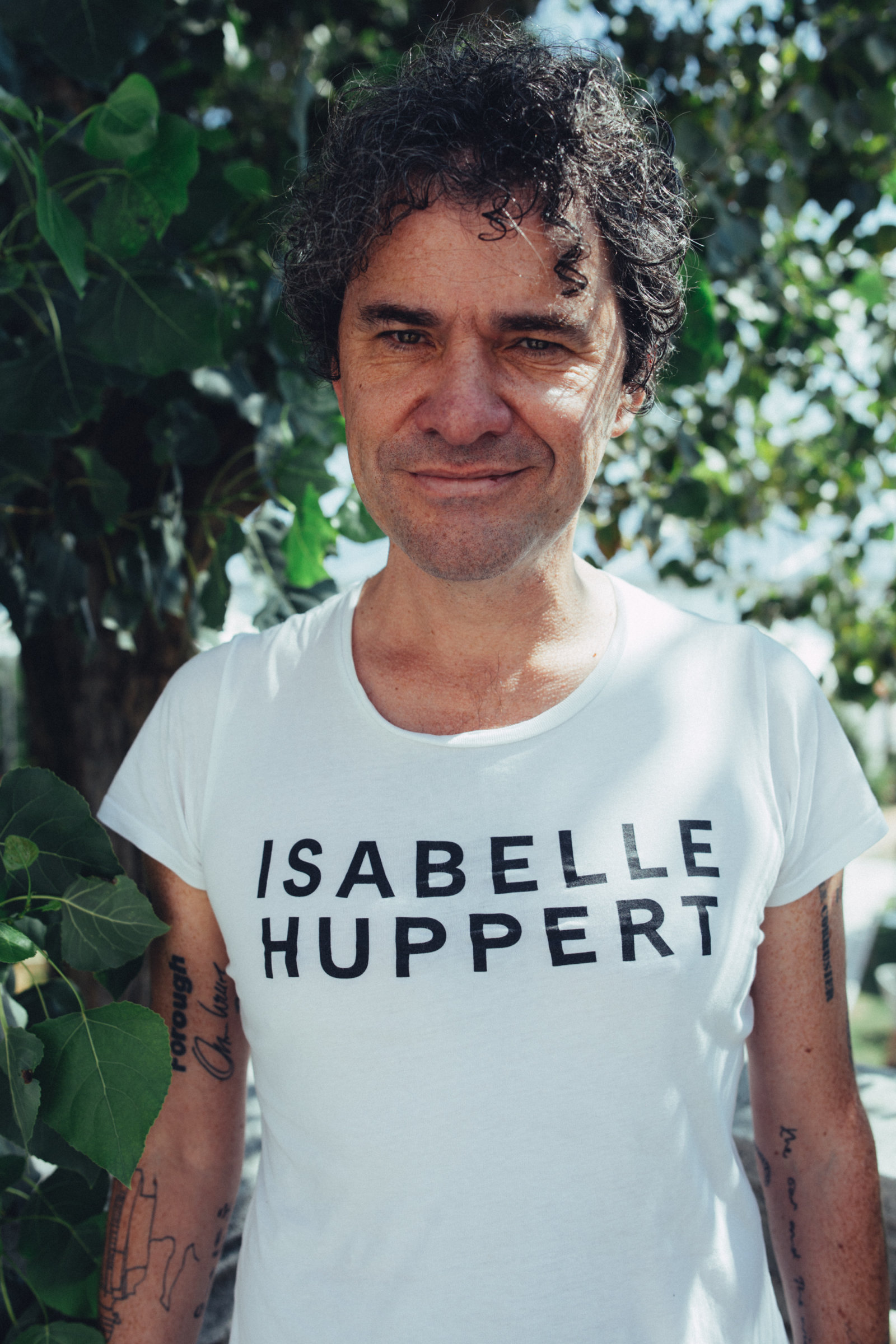
So we will get out of the car, and the camera would go down to the ground and we will see a little weed, a little flower, and we look over the flower and we see the grave of Alice Guy-Blaché who was the first ever female film producer and the first great female director. So we end on a flower for Alice Guy-Blaché. It’s like we have driven all around the world to end on a single flower.
It’s beautiful.
I haven’t told that to anybody else, you are the first.
____________
For you now, who are the women that are shaping the Industry?
____________
Well, I like to talk about the medium more than the Industry, there are people in the Industry that are doing great work in various films but, in terms of the women here making great films today, I think Alice Rohrwacher… isn’t she wonderful?
Yes, absolutely, I’m looking forward to seeing her new film…
I haven’t seen it either yet, but I think she is seriously wonderful and I thought “The Wonders” was magnificent, so she is great. I think Lucrecia Martel’s “Zama” is wonderful, I loved it. I’ve just seen the rough cut of Mania Akbari’s new film, which is about her cancer and we see her having her double mastectomy. Lots of women are making great stuff. Some Countries though…let’s be honest, Italy could have more, Italy has not been great, whereas some others are really good like Iran, Sweden, Finland, and Denmark. But Italy, which has made so much great cinema, has not been good in giving women the opportunities.
When we sat down, at the screening, we said to each other we won’t hear about many Italian female filmmakers…
I mean I do like Liliana Cavani and some of her films like “The Cannibals” (“I Cannibali”). And Lina Wertmüller, some of her films are good I think, not all of them, unfortunately, and Alice Rohrwacher and there are others but there are not enough; Italy has to ask itself some serious questions, I think it’s a cultural issue in a way, there is a degree of machismo in this culture, which doesn’t help. Mexico has not been great either, so you can blame the film industry, you can blame the broader culture in a way.
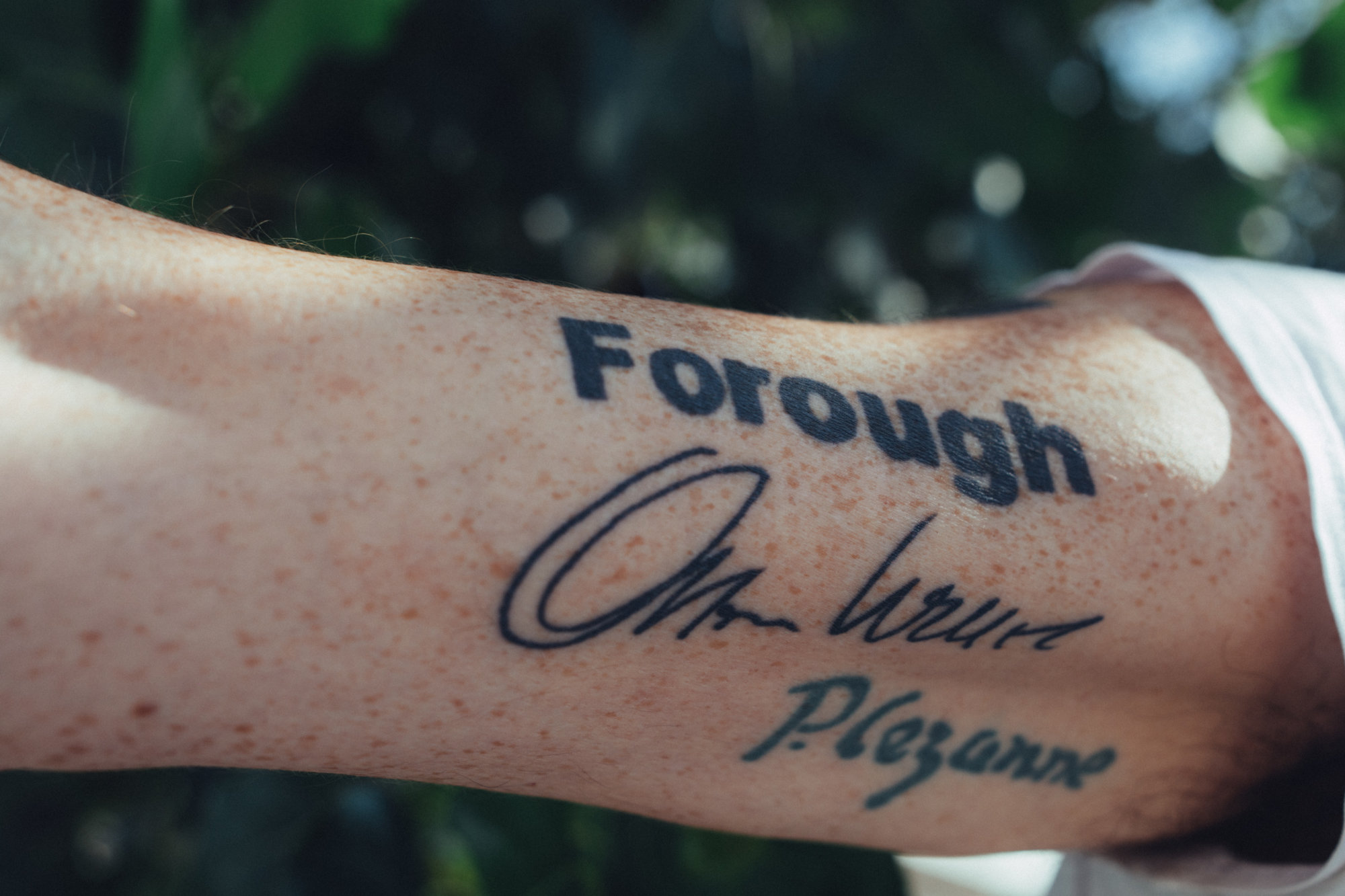
“Forough
Farrokhzad”
____________
If you could go to dinner with 3 female directors from the past (or present) who would you go with? And why?
____________
Ok, my first choice is Larisa Shepitko, who did “The Ascent” which is here at the Festival in restoration, and it’s a really magnificent film. She died tragically in a car accident too young; people say she was just a great person to be with. I would definitely choose Alice Guy-Blaché because how did she become a studio box in 1908? How did it even happen? It’s crazy. And I would choose Kinuyo Tanaka because think of her career: you are the most famous actress in Japan, you are in cinema from the age of 16, you become a huge movie star, every director wants you, you are in the films of Mizoguchi, Ozu, Kurosawa, etc. and then at the age of 44 you decide “fuck it, I’m going to direct” and there has been one only female director before you and she only made a couple of films, and Tanaka directed 6 films and they are really great. So I’m slightly obsessed with Kinuyo Tanaka.
“Kinuyo
Tanaka”
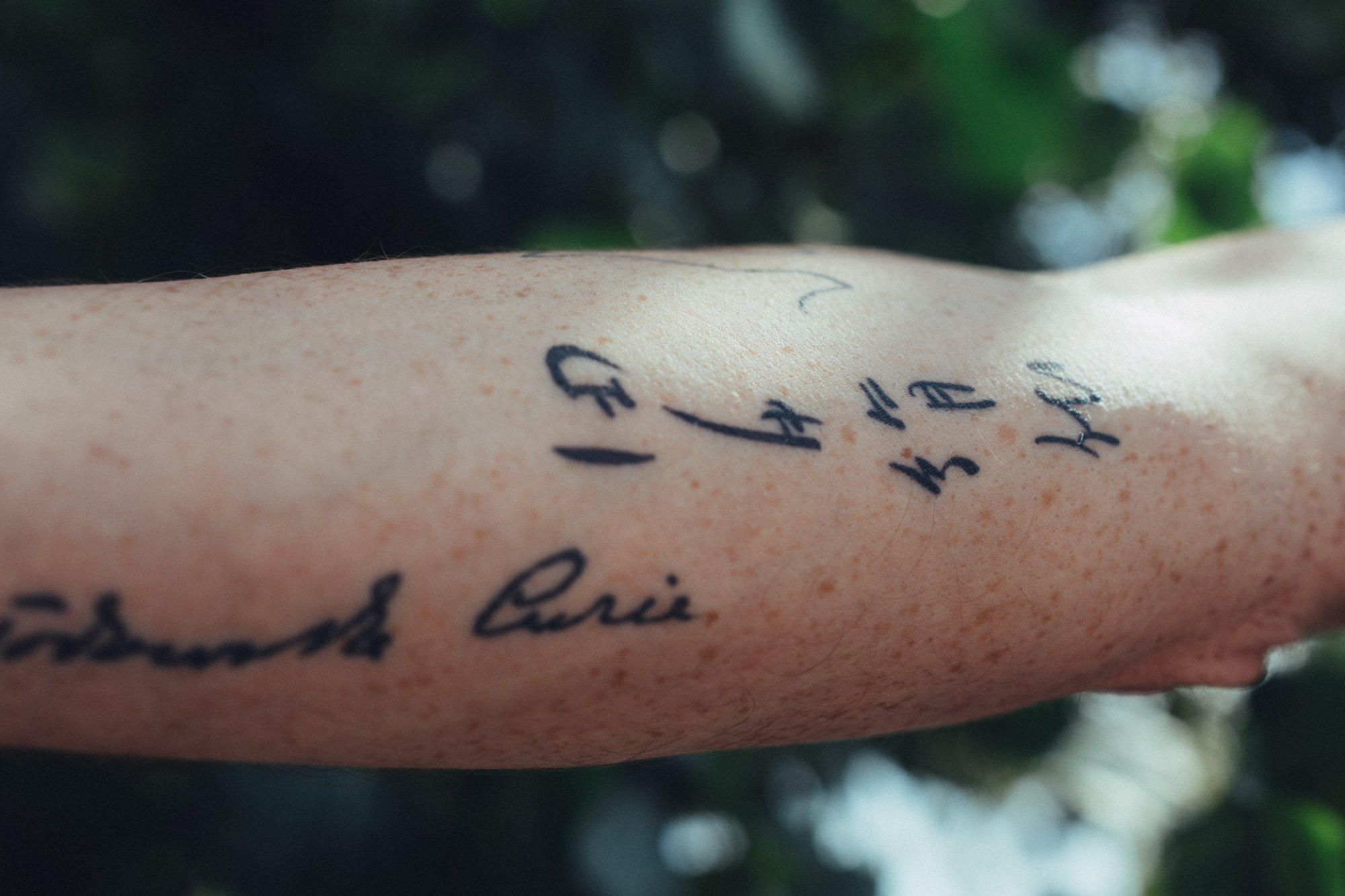
____________
What is your main goal with this movie?
____________
We wanted to plant a bomb under the film canon, we wanted to say to people, “yes the male directors you talk about are great but if you keep talking about them alone plus Claire Denis and Jane Campion and a few others, you are actually part of the problem. Look at this great world of cinema right here that you don’t even know about.” And I wanna say to people “you call yourself a movie lover, you are not a movie lover if you haven’t seen her films or her films.” I really wanted to “J’accuse” that’s what I really wanna say, “J’accuse, you are part of the problem.” Whether you are a movie fan, if you are a programmer, if you are a festival director, if you are a writer about cinema or whatever if you are not talking about these great directors you are making the situation worst.
Do you agree?
Yes, we do.
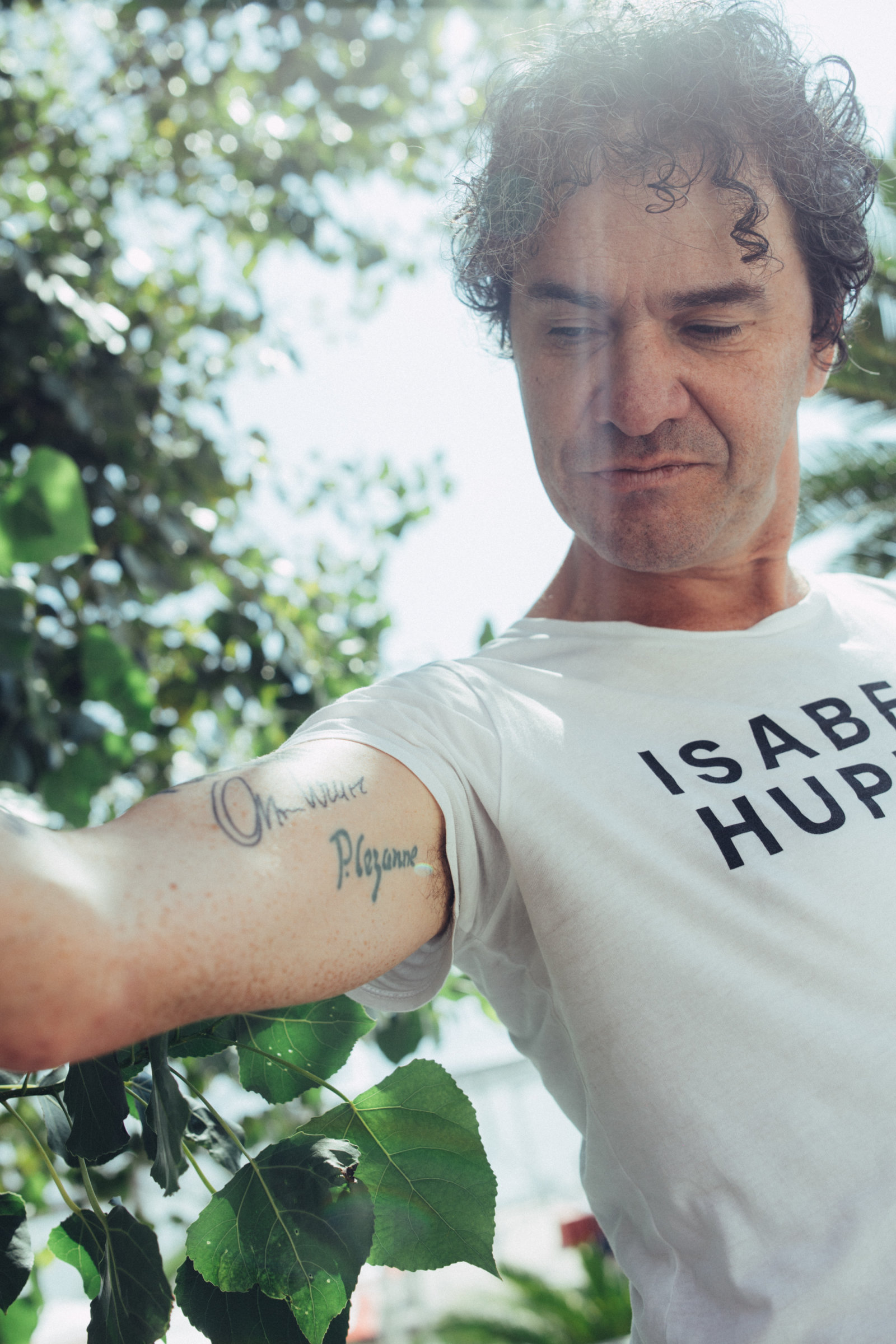
“’You call yourself a movie lover, you are not a movie lover if you haven’t seen her films or her films.’ I really wanted to ‘J’accuse’ that’s what I really wanna say, ‘J’accuse, you are part of the problem’.”
____________
We are very curious; roughly how many movies have you seen in your life?
____________
Well, I would watch about 2 films a day approximately, but I almost never watch a film twice, I’d rather see a new film than see another film again. I’m always at Festivals, for example, I won’t go and see the big film, I’ll try to see what I might not see again, I always say that my own ignorance is my best friend, I know there are many things I don’t know and that’s where I want to go into: the “terra incognita,” the unknown, I love it. I love discovering stuff all the time, I want to be transformed all the time, I want to be a new person by seeing works or encountering filmmakers or ideas that I haven’t encountered before. I think a lot of people, especially when you get to my age, think “Ok, I have got my favorite films, I’ve got them on DVDs on my shelf and I’m just gonna watch them for the rest of my life.” I’m not that person.
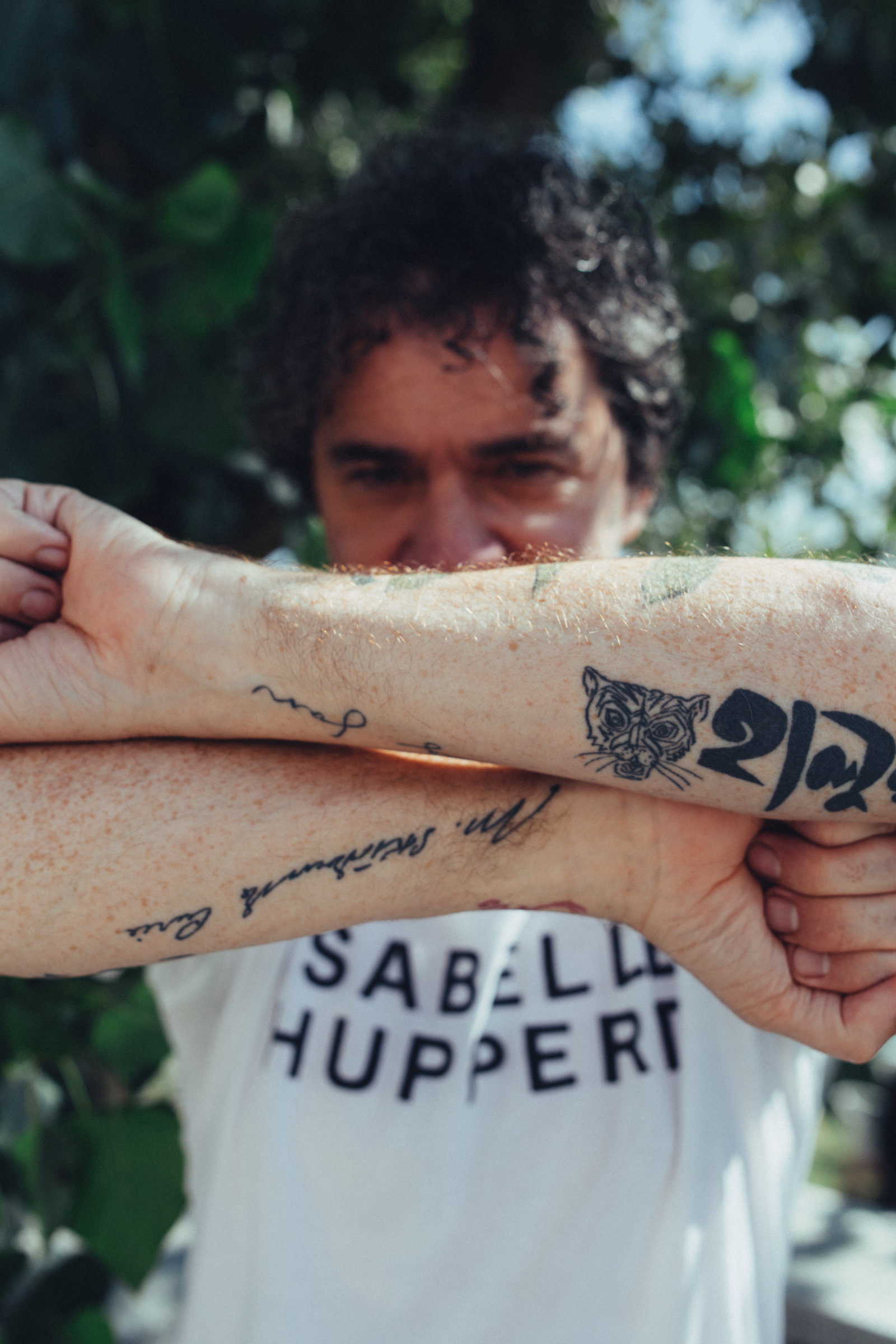
“…my own ignorance is my best friend, I know there are many things I don’t know and that’s where I want to go into: the ‘terra incognita’…”
____________
Have you had the chance to see some of the movies here at the Festival? If yes, did you like them?
____________
The only film I have seen so far is “Suspiria.” I did like it. I think it’s a tough watch but I did like it. It’s a remarkable piece of work, it’s really, really challenging but it’s remarkable.
____________
Last year during our interview you were about to go and see “First Reformed,” did you like it?
____________
I really liked it. What about you?
I loved it. But no one I know has seen it so I cannot talk with anyone about it.
I loved it. The purity of it, the rigor, in a very, very Protestant way. The floating scene I wasn’t so sure about…the CGI wasn’t very good, yet I think it’s a really good film, I really admire Paul Schrader, and he has also been very good about gender stuff as well. But I think this is one of his best works.
Photos by Johnny Carrano.

